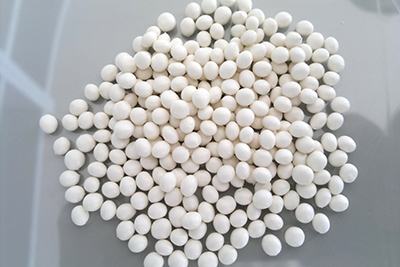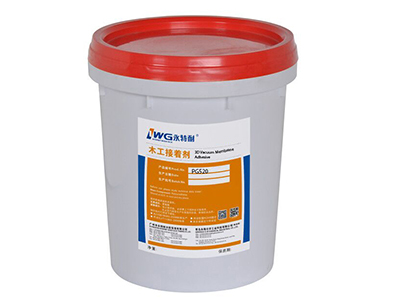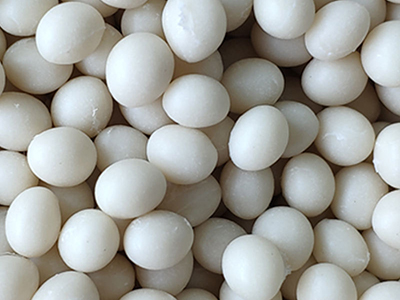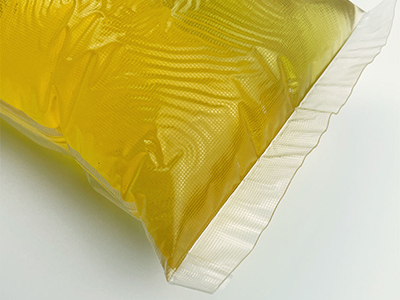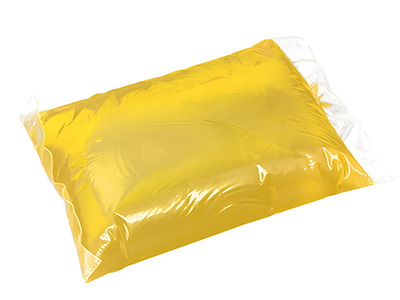The advantages of hot melt adhesives are mainly manifested in the following aspects:
#1 Fast curing speed, good bonding strength and flexibility.
Hot melt adhesives can cure and bond within a few tenths of a second to a few seconds, and have the characteristics of melting when heated, and bonding when cold. This enables packers to use hot melt adhesives to use higher-speed production lines, and increase production while reducing defective products, which is convenient for continuous and automated high-speed operations, and has a lower cost.
#2 The ability of hot melt adhesive is stable
It is not affected by changes in temperature and humidity from morning to night in the working environment, which ensures the bonding fastness and eliminates the inherent adhesive peeling problem of packaging machinery.
#3 Hot melt glue does not contain water and any other fluxes
Its solids can be made into blocks, films, strips or pellets, which are easy to transport and store. It has a long service life, eliminates damage and waste, and is easy to use.
#4 The hot melt adhesive does not contain solvents and does not emit harmful and toxic fumes, is not easy to burn or explode, is safe, and will not cause secondary pollution to the environment and endanger human health.
#5 The hot melt adhesive forms a glue layer that is resistant to water and moisture, and can form a reliable glue even in a humid environment.
#6 Hot melt adhesive can be repeatedly melted and bonded
If the hot melt adhesive coated on the adherend cannot be bonded due to cooling and solidification, it can be reheated for bonding operation, so it is especially suitable for bonding with some special process requirements components, such as the restoration of some cultural relics.
#7 A wide range of bonding objects, both bonding and sealing, no drying process, simple bonding process, and good economic benefits.
#8 Good gloss and gloss retention, excellent shielding.
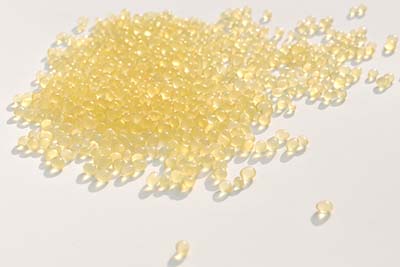
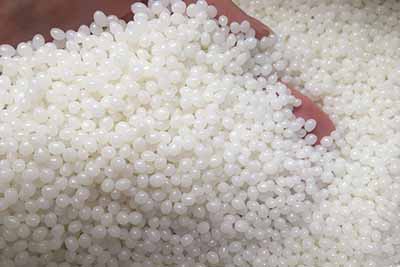
Of course, hot melt adhesives also have some disadvantages, as described below:
#1 There are limitations in performance, insufficient heat resistance, limited bonding strength, and poor chemical resistance. Modification of the hot-melt adhesive base polymer can improve the heat resistance and strength of the hot-melt adhesive.
#2 Coating by hand, the effect is not good, and the waste of rubber is difficult to control. Therefore, it is necessary to be equipped with special equipment to melt and apply glue, such as a hot melt gun, which is inconvenient to use and restricts its use and promotion.
#3 Bonding is sometimes affected by climate and seasons. Generally, the wettability is poor in winter, the curing becomes slower in summer, and the melting time is shortened when the wind is strong.
#4 Different brands of environmentally friendly hot melt adhesives have different recipes. You must understand TDS when using them.


